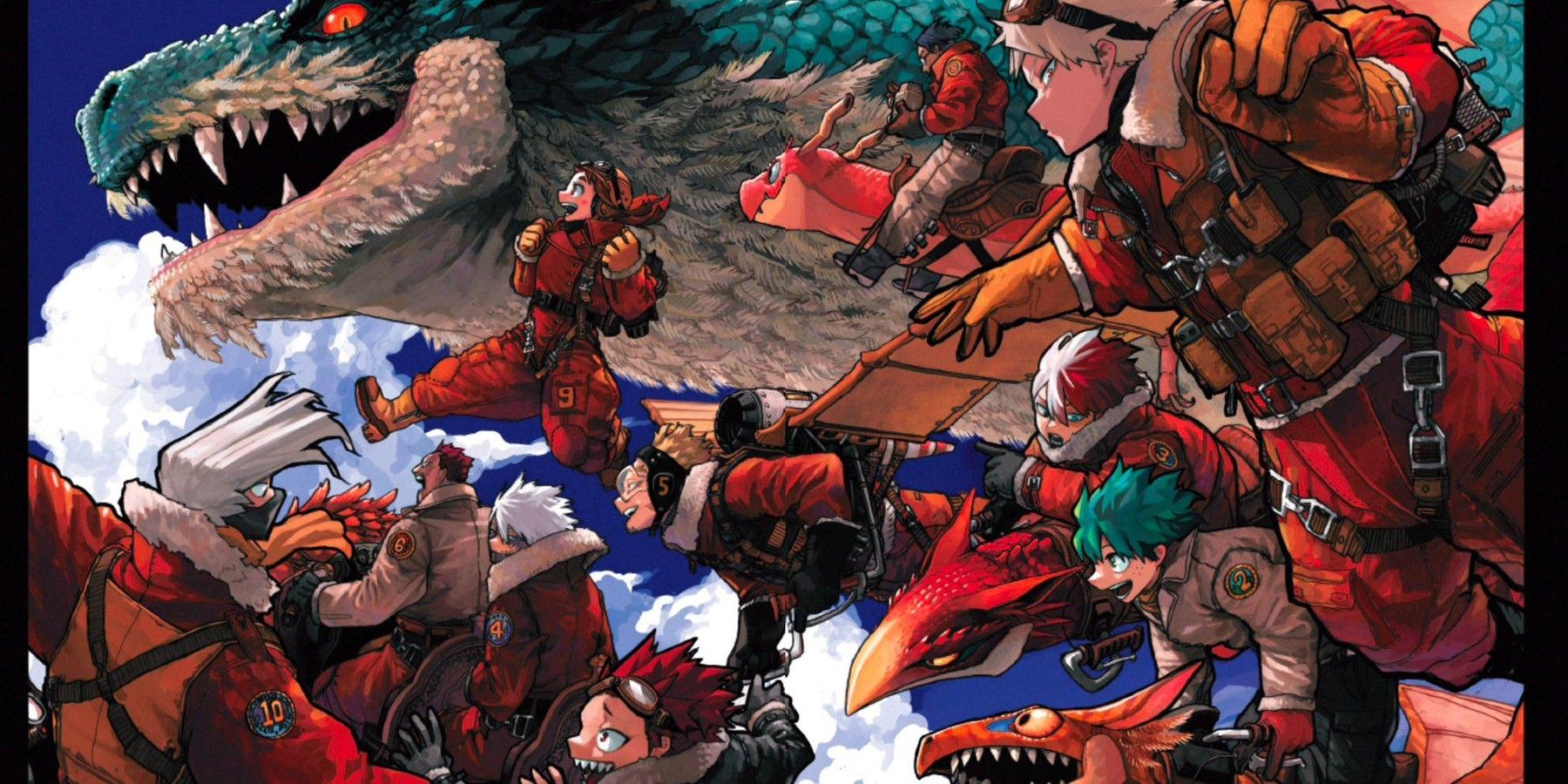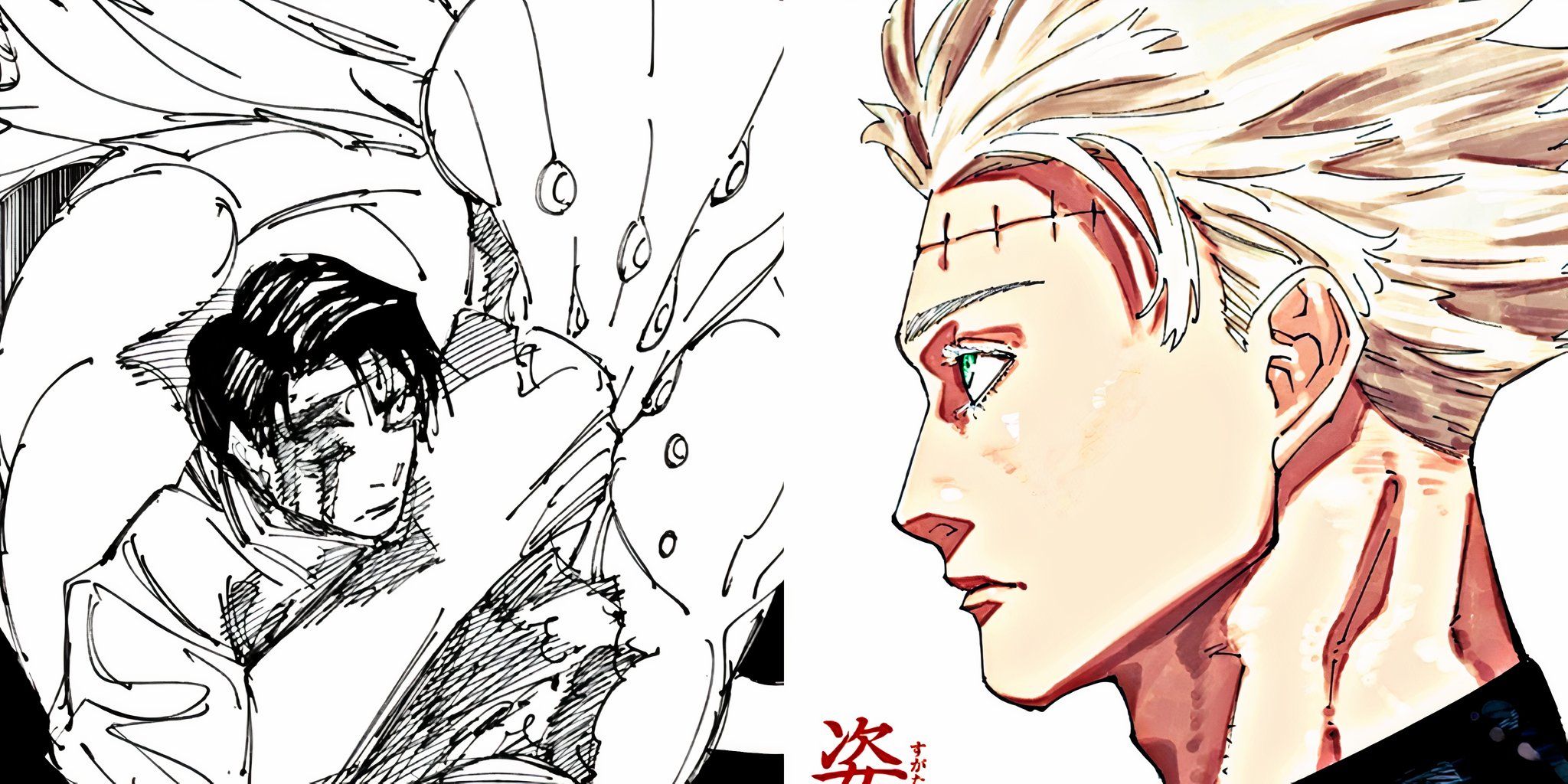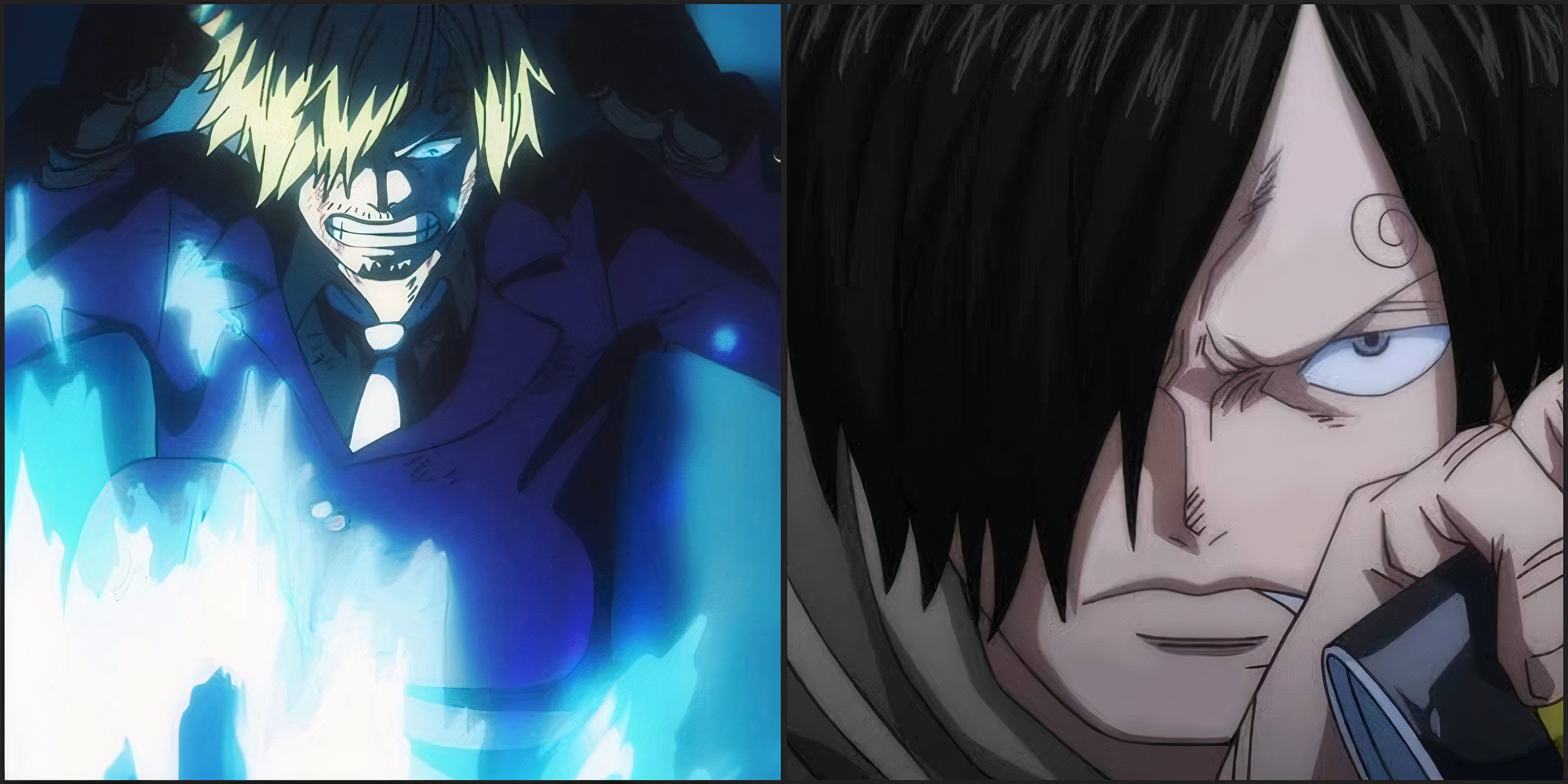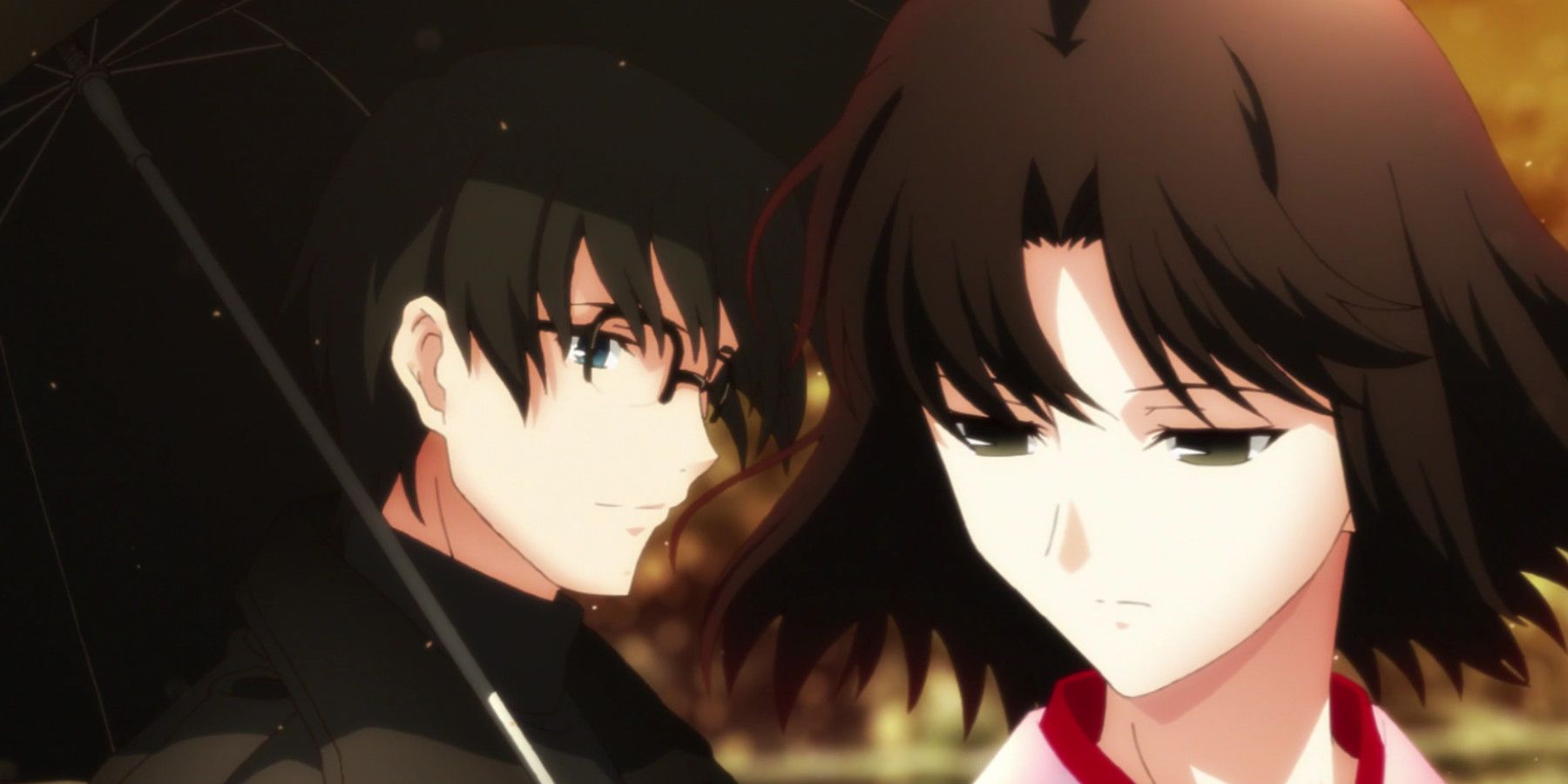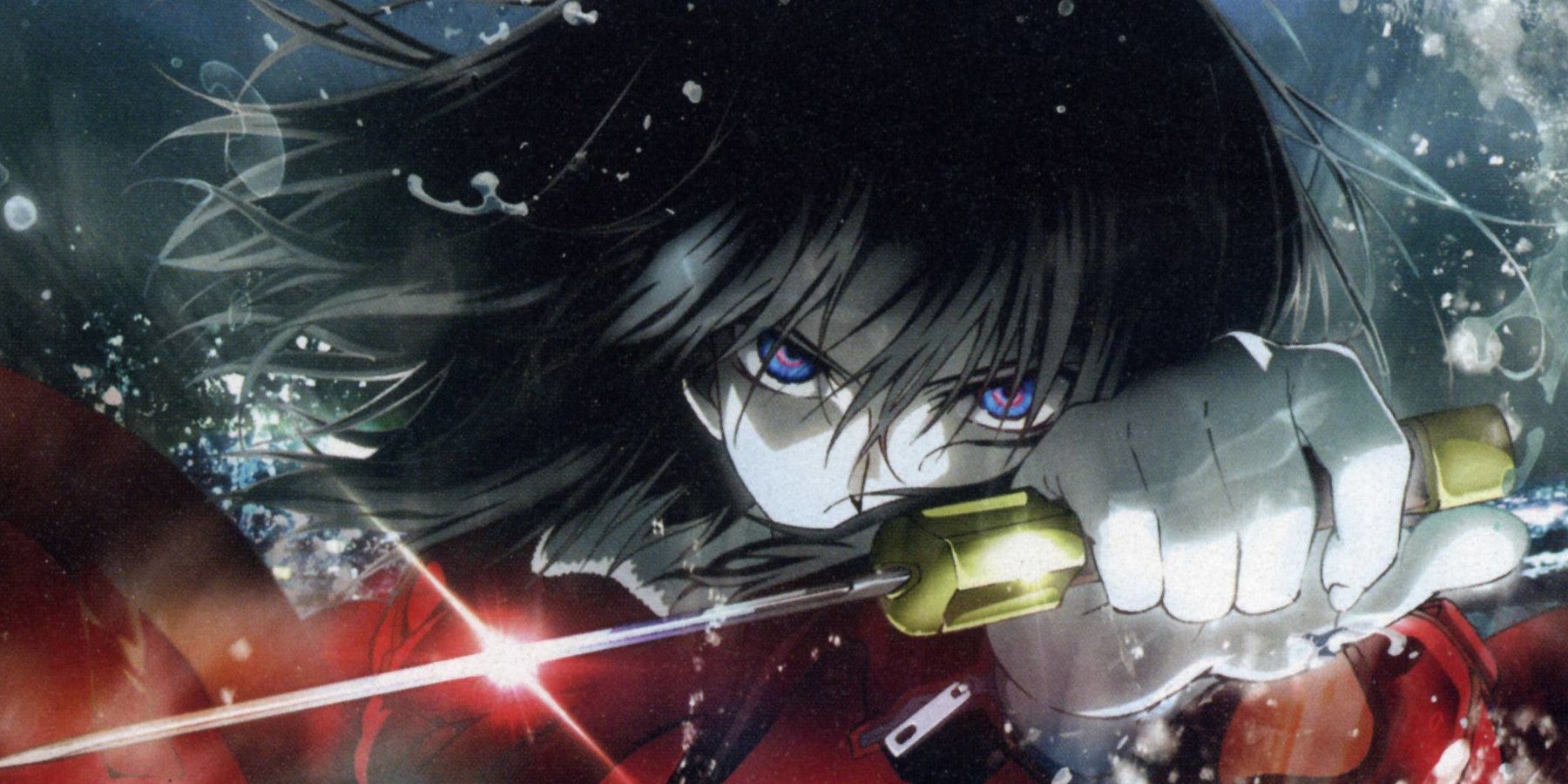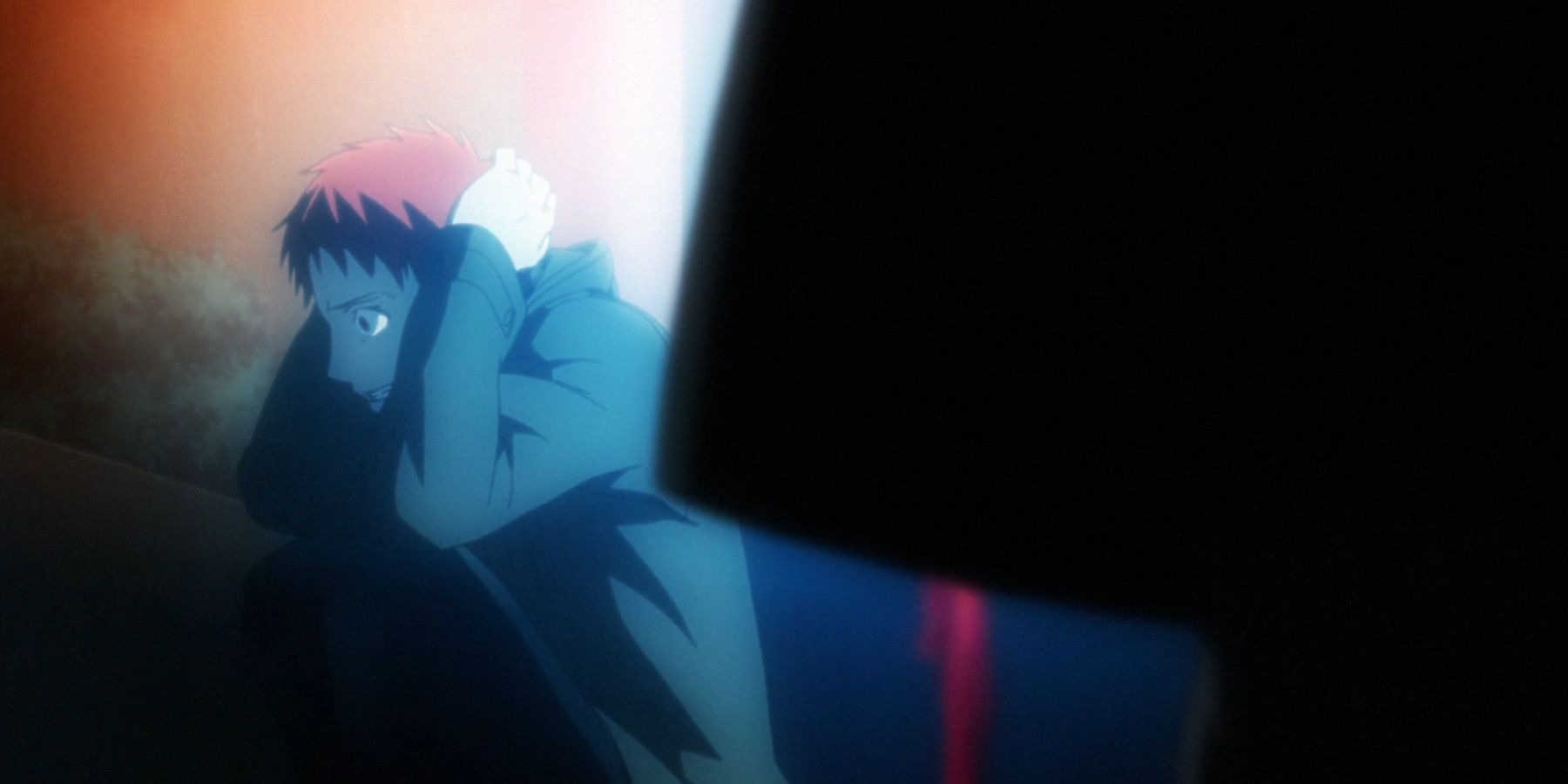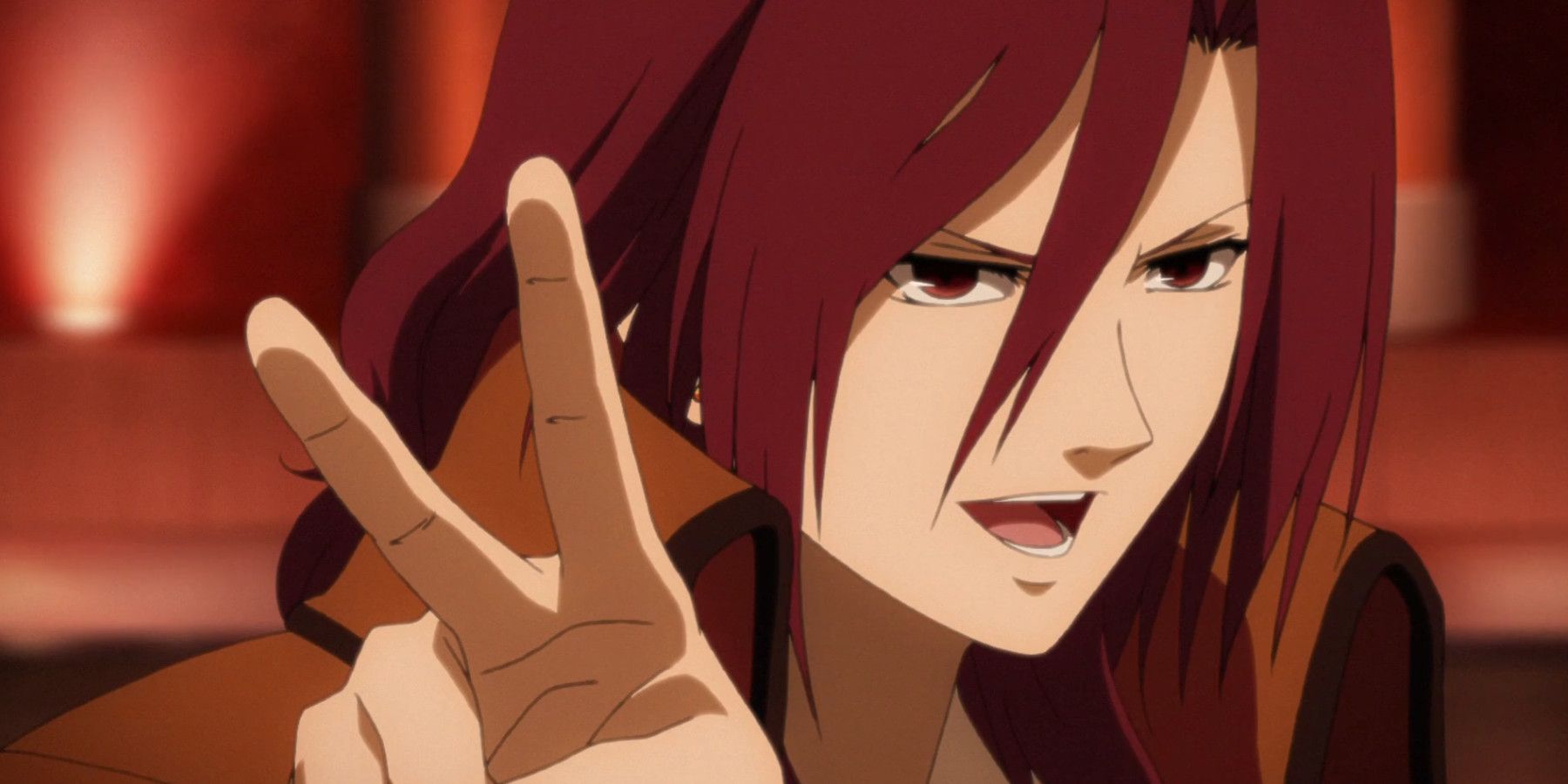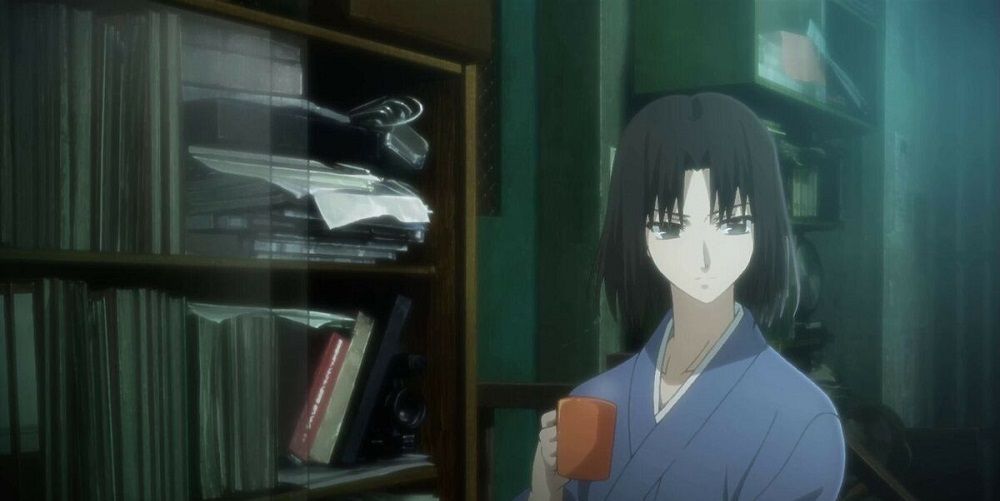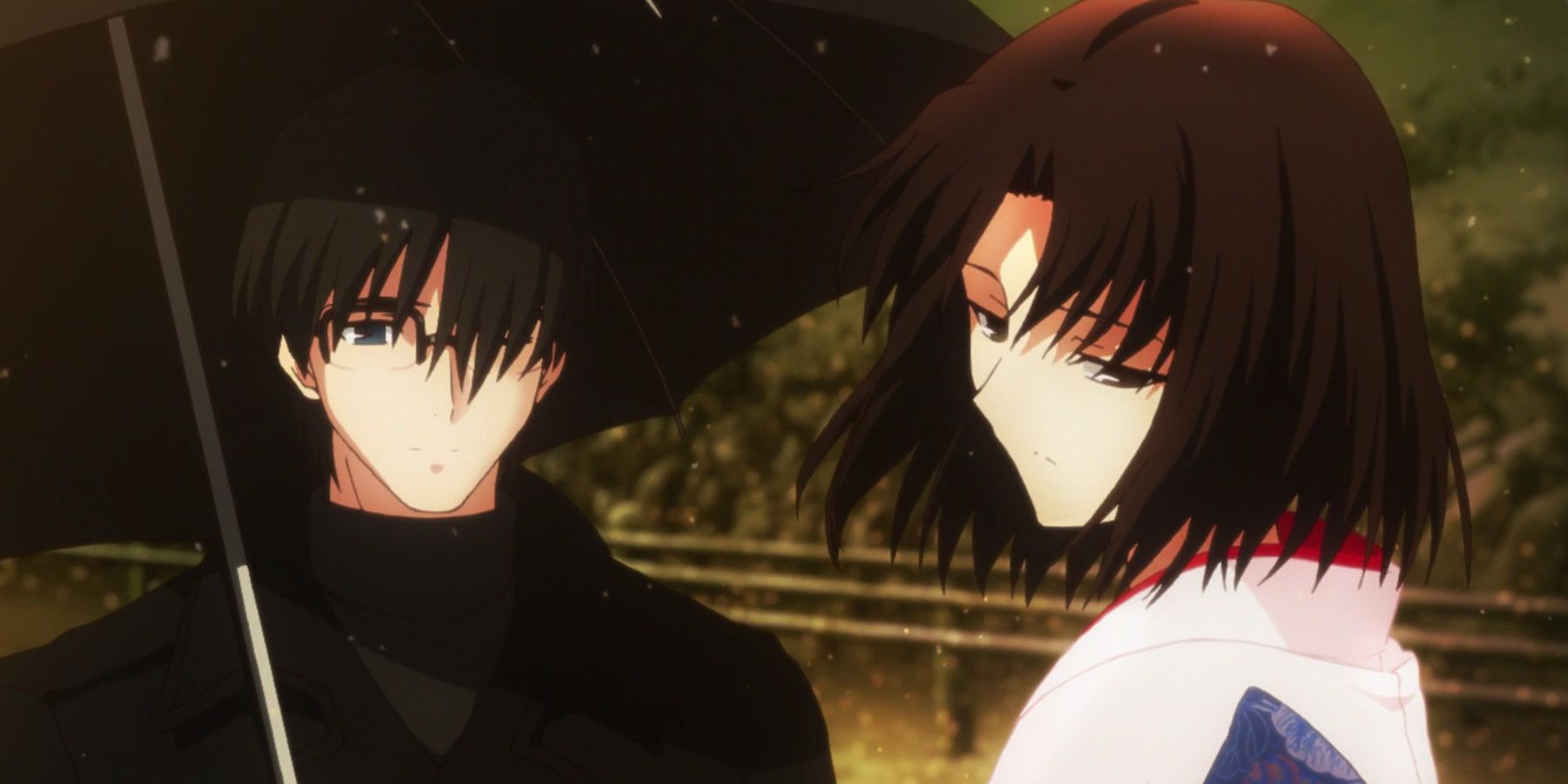The Fate series is a multimedia powerhouse of a franchise most known these days for the mobile game Fate/Grand Order or the several Fate/Stay Night adaptations. However, the original writer of Fate, Kinoko Nasu, has created a few franchises within that universe, and one, in particular, is an anime series that deserves far more praise than it gets.
In the late 90s, Nasu published Kara no Kyoukai, or, The Garden of Sinners, as a web novel, with illustrations by the now-iconic Fate series designer Takashi Takeuchi. The series is set in 1990s Japan in Mifune City in Tokyo, where a woman with supernatural powers works alongside her good friend and a magus named Touko to solve paranormal phenomena.
The History of The Garden of Sinners
After the formation of TYPE-MOON, Garden of Sinners was published in 2004 by Kodansha and gained further popularity. In the early 2000s, Nasu's other works, such as the VN Tsukihime or Fate/Stay Night gained colossal popularity and received animated adaptations. Garden of Sinners wouldn't get the anime treatment until 2007 when studio Ufotable began adapting it to film. Nowadays, apart from recent success with Demon Slayer, Ufotable is known for having made some of the most successful animated adaptations of the Fate series, from Unlimited Blade Works to Heaven's Feel to Gen Urobuchi's acclaimed Fate/Zero. But it was Garden of Sinners that first received an animated adaptation from Ufotable.
One could argue that Ufotable's production style and the treatment Garden of Sinners received was the template by which not only Fate properties would be adapted, but the studio's other prestige works. It's hard to imagine Demon Slayer's digital effects work looking as good as it does without Garden of Sinners paving the way.
The Story
There are 10 films in the series, some of which were full films, and a few were specials. This is a story about Ryougi Shiki, an esper with multiple personalities, and a powerful ability known as the "Mystic Eyes of Death Perception," which allows her to see lines - flaws - in everything. Using this power, she can cut anything.
"Everything in this world has a tear. Not to mention humans, the atmosphere, one’s will, and even time. My eyes allow me to see death. So, I can kill anything that lives, even if that thing is a god," Ryougi Shiki (The Garden of Sinners 3: Remaining Sense of Pain).
Pretty intense right? The story revolves around her working with magus Touko Aozaki and friend Mikiya Kokutou to investigate paranormal happenings, usually gruesome in nature, and perpetrated by magic users or espers like Shiki. It is a highly eclectic kind of modern fantasy and unravels and reveals more of its complexity as the series goes on.
A Slow Burn
The films are their own puzzle; a tale told out of chronological order, with each film dedicated to its own contained narrative, giving you pieces of the puzzle connecting the entire story. In this way, the series can be cumbersome to get into, and certainly confusing.
In one way, this charm. Garden of Sinners may not be an easy read, but it pulls you in with its grim, horrific trappings. To put it simply, this series is a vibe. A collection of dingy alleys navigated by iconic characters that leave an instant impact with a wise word or a lethal act dispensed upon the protagonists.
Each film is a different length. Some are a short 45 minutes while others are a full 2-hour runtime. Even when the runtime is short, moments linger and let you stew in the emotions of the characters. To some, the downtime may come off as boring, but it's fascinating to watch an animated drama directed as though it's a live-action horror.
Pretentious as it may sound, there is some maturity to which Garden of Sinners creeps down into the depths of its darkest hell to indulge in fantasy. There is magic and mysticism and lore abound, but all presented in a way few other stories have tried to convey these elements.
A DARK Fantasy
This is also a very dark franchise. Viewers should be wary of blood and gore, but also content related to sexual assault, namely in the third film. Kinoko Nasu's work has always had elements of darkness that enhance his works, but his early work is by far his darkest. So viewers should be mindful when watching.
While the vibes of the series may excuse some flaws, this is not a franchise without frustration. It's the kind of series that you watch once and then watch again to fully grasp it. Some may find the proceedings too pedantic to finish once. In the first film alone, the status of a vital character, their condition's impact on the plot, and the precise nature of how they came to be in such a state, are murky at best.
"Wait, What's Going On?"
The second film is a flashback to the main characters' meeting, but the cliffhanger leaves you wanting and the continuation of those events doesn't occur until the seventh film. It can all come off as bizarre. Just because something can be understood doesn't make the path to comprehending it less of a chore.
This series is well crafted as a whole, but seeing as how time is linear, there is a lot that leaves the viewer scratching their head now and then. In spite of that, some films in this series are truly in a league of their own. It is widely agreed that film 5, Paradox Paradigm, is the best.
Its story is also told out of order, but from particular characters' perspectives, giving a protagonist to focus on and guide one's attention. It's also the longest and the most fully realized film of the bunch. After watching films 3 and 5, the music by Yuki Kajiura (Sword Art Online) begins to solidify itself as some of her best work in her career, carrying the climactic action sequences.
The Humble Hero
The protagonists of Kinoko Nasu can be vexing to some. Typically, they are "boring" or unassuming male leads that seem like audience inserts. What makes characters like Kokutou from Garden of Sinners or Shirou from Fate so compelling to hardcore fans is the depth behind that unassuming veneer.
They are - at their core - very compassionate characters harboring trauma and their relationships with larger-than-life characters bring out the best in them. Kokutou is unique, given that contrary to Shirou from Fate or Tohno from Tsukihime, Kokutou doesn't have a super-human element beneath the surface.
He is a fairly normal man who fell in love with a complicated, dangerous, superhuman woman and who gives them kindness as a way of telling them they can be better. In some ways, like with other Nasu works, it's a love story, albeit a messed up one. But sometimes a messed-up love story can be pretty great.
Lovers of modern fantasy or fans of the Fate series ought to give Garden of Sinners a watch. It's the kind of thing you watch at night with a drink to sip on, to really get in the mood. It's spooky, it's pretty, it's cool, and it may very well be the reason Ufotable is still animating Fate properties to this day.
The Garden of Sinners is available for streaming through Crunchyroll and available on Blu-ray through Aniplex of America.
